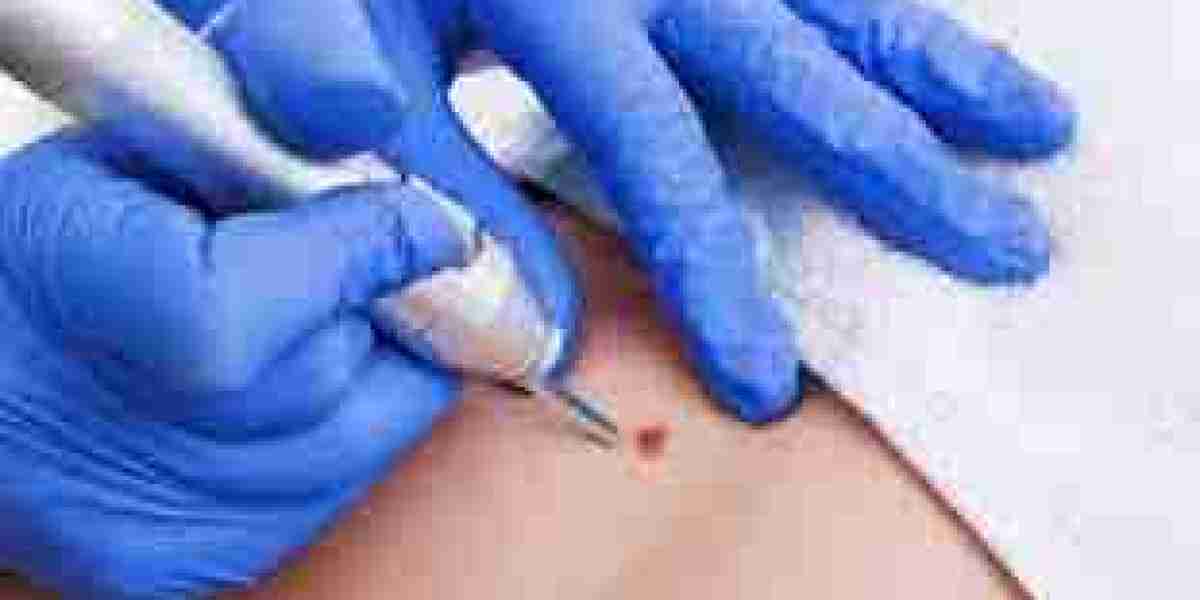Skin tags are small, benign growths that often appear on the skin's surface, particularly in areas where friction occurs. While they are generally harmless, they can sometimes be bothersome or cosmetically undesirable. Fortunately, there are various methods for skin tag removal (إزالة الزوائد الجلدية). In this blog, we'll explore ten surprising facts about skin tags and the process of their removal.
What Exactly Are Skin Tags? Skin tags, medically known as acrochordons, are small, soft, flesh-colored growths that typically hang off the skin by a thin stalk. They are commonly found in areas such as the neck, armpits, groin, and eyelids. Skin tags are made up of collagen fibers and blood vessels surrounded by a layer of skin.
Who is Prone to Developing Skin Tags? While skin tags can develop in anyone, certain factors may increase the likelihood of their formation. These include obesity, genetics, hormonal changes (such as during pregnancy), and age. Additionally, individuals with conditions like diabetes may be more prone to skin tags.
Skin Tags vs. Warts: What's the Difference? Skin tags are often mistaken for warts, but they are distinct entities. Warts are caused by the human papillomavirus (HPV) and typically have a rough surface, while skin tags are smooth and soft. Unlike warts, skin tags are not contagious.
The Role of Friction in Skin Tag Formation Friction plays a significant role in the development of skin tags. Areas where skin rubs against skin or clothing are more prone to skin tag formation. This is why they commonly occur in regions like the underarms, groin, and neck.
Are Skin Tags Dangerous? In most cases, skin tags are harmless and painless. However, they can sometimes become irritated if they rub against clothing or jewelry, leading to discomfort or bleeding. While rare, there have been instances where skin tags have been mistaken for other skin conditions, so it's essential to have any new growths evaluated by a healthcare professional.
Skin Tag Removal Methods There are several methods for skin tag removal, ranging from home remedies to medical procedures. Common approaches include cryotherapy (freezing the skin tag with liquid nitrogen), excision (cutting off the skin tag with scissors or a scalpel), and cauterization (burning the skin tag using heat).
Home Remedies for Skin Tag Removal Some people opt to try home remedies for skin tag removal, although these methods may not always be effective or safe. Examples include tying off the skin tag with dental floss or applying over-the-counter creams or solutions. However, it's crucial to exercise caution when attempting DIY removal, as it can lead to infection or scarring.
When to Seek Professional Help While many skin tags can be safely removed at home, it's advisable to consult a dermatologist or healthcare provider, especially if the skin tag is large, bleeding, or located in a sensitive area such as the eyelids or genitals. A healthcare professional can recommend the most appropriate removal method and ensure the procedure is performed safely.
Potential Complications of Skin Tag Removal While skin tag removal is generally safe, there are potential risks and complications to be aware of, such as infection, scarring, or incomplete removal. Following proper aftercare instructions and seeking professional guidance can help minimize these risks.
Prevention of Skin Tags While it's not always possible to prevent skin tags, certain measures may help reduce their occurrence. Maintaining a healthy weight, avoiding tight clothing, and practicing good hygiene can help minimize friction and irritation on the skin, potentially reducing the likelihood of skin tag formation.
Conclusion: Skin tags are common, benign skin growths that can occur in various areas of the body. While they are typically harmless, they can sometimes be bothersome or cosmetically undesirable. Fortunately, there are various methods for skin tag removal, ranging from home remedies to medical procedures. By understanding the facts about skin tags and their removal, individuals can make informed decisions about managing these benign growths effectively and safely.



